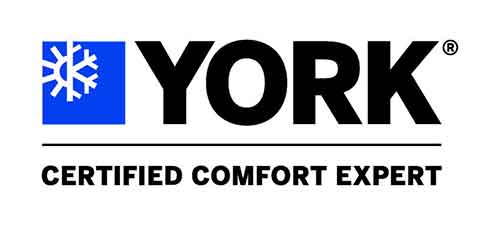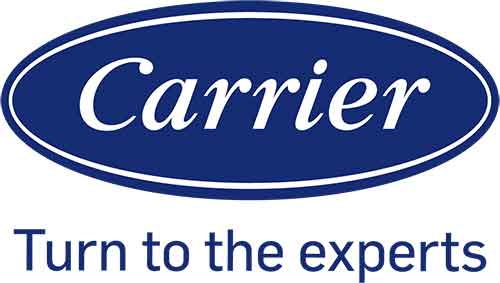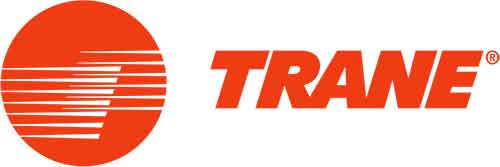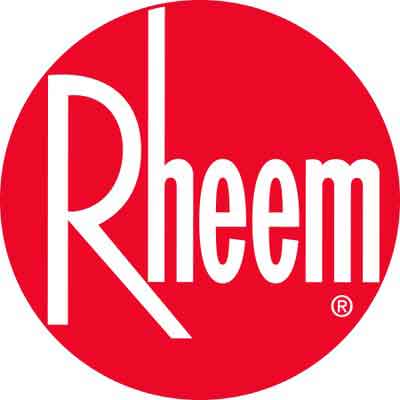January 21, 2021
How to tell if your building system is at a crossroads or at the end of the line
Over time, mechanical systems deteriorate and performance declines; that is clear. What is less so is the line between retrofitting a system and replacing it.
Age, the saying goes, is nothing but a number. That is not so when talking about buildings. With the passage of time, mechanical systems deteriorate and performance declines; that goes without saying. What is less clear is the line between retrofitting a system and replacing it. Critical factors such as deferred maintenance and overall system design—not to mention the organization’s mission and budget—affect this decision.
By definition, retrofitting involves leveraging an existing system and improving upon an application within it, provided the system still can function as designed. In contrast, replacement involves the full removal of a system and the engineering and installation of a new one. This can be a viable option when a system is at the end of its useful life, such as after a lengthy period of deferred maintenance.
Ultimately, the retrofit-or-replace decision is complex because of its implications. Fortunately, there are steps to take to protect an investment to retrofit or replace, such as knowing how to extend system life to help maximize equipment investment. Striking this delicate balance is part of a complex equation that requires a holistic approach to all aspects of building-system service, maintenance, and management.
It is a common scenario: As buildings age, associated systems, such as building automation and HVAC, show signs of stress, particularly if deferred maintenance has been practiced. This can lead to business downtime, not to mention affect comfort and create other issues, such as increased operating costs to keep the system’s functioning. Eventually, one must ask: Can the issues be addressed with a system retrofit, or is a full replacement in order?
Making an informed decision requires a holistic view of a building and how its systems work in concert. Taking stock of the full range of systems within a building—from chillers, boilers, and air handlers to packaged rooftop units and split systems—and how they are controlled, whether it is through digital or pneumatic methods in conjunction with a building automation system, can form the foundation of this process.
The next critical step involves the evaluation of a facility’s renovation history. Renovations can affect building-system performance. For example, system performance can degrade, creating both comfort issues and spikes in energy consumption, when a building renovation changes the dimensions of a space, but the building’s HVAC system continues to serve the space according to the original dimensions. In such cases, two pivotal questions emerge:
- If the renovated building space received a new system, would the system’s intent, design, and application be different from before?
- If different, what would modifying the existing system to accommodate the new application entail?
If the answer to the first question is yes, change is in order to ensure the space is optimally served by the associated building system. Determining whether to replace or retrofit a system should entail evaluating the difficulty of each, as well as the necessary investment and associated payback.
Other factors that can influence the retrofit-or-replace decision include:
- System criticality — the system’s importance to the overall execution of an organization’s mission.
- Redundancy — the availability of a redundant system in the event of system failure.
- Performance — the system’s level of performance efficiency and any associated downtime.
- Age — the system’s overall age and if the system is nearing the end of its useful life.
- Maintenance history — how and to what degree the system has been maintained.
Following the foundational considerations, an audit of the systems working in concert can establish a second layer in reaching a retrofit-or-replace decision. This involves performing a system analysis—typically, with an audit partner—that marries a focus on comfort, energy efficiency, and other organization-driven goals and looking at the factors noted above, from system criticality to maintenance history.
The analysis process also includes evaluating capital-budget plans, utility bills, and historical budgets. These can help identify indicators of system efficiency, criticality, and deferred maintenance to determine the true cost of operations.
As part of system analysis, an audit partner can assist with making a decision to retrofit or replace a system, taking various factors into consideration. Ultimately, a decision should be made within the context of larger organizational goals. This means a decision should not only align with increased operational and utility savings but play a role in helping to meet an organization’s business objectives.
For example, a decision can have a considerable effect on how an organization markets a building, as well as the building’s resale value. Production cost also can be impacted. A reduction in energy and operational costs will result in a reduction in the true cost of operations, which can be translated to lower production costs and higher profits. The competition also is a factor in that if you lower your production costs, you can evaluate pricing strategies and potentially play in new markets with new competitors. A decision should be viewed as a cost-effective investment for an organization, whether it ends in a system retrofit or replacement or a combination of the two.
The work does not stop once a decision to retrofit or replace a system is made. Instead, it is important to take steps to protect the investment, extending system life through measures such as proper maintenance. Traditionally, at a minimum, this has entailed preventive maintenance based on standards set forth by entities such as ASHRAE and original equipment manufacturers. More robust efforts might also involve predictive, proactive, and reactive strategies.
Recently, new ways of extending system life have emerged, thanks to technological advances. These advances, which tie in with trends such as the Internet of Things, leverage connectivity and data to tie system performance into overall business objectives more deeply than ever before. Now, service and maintenance can leverage measures such as smart devices and cloud-based technology to monitor, manage, and optimize building systems, tapping into software and analytics in real-time to evaluate system performance, identify faults, analyze trends, and predict failures immediately.
These new service-delivery models, which combine the use of cloud-based software, technicians’ system and building knowledge, and real-time system-performance data, can help dictate preventive-, predictive-, and proactive-maintenance strategies to optimize performance and maximize a system’s useful life. Tapping into these models, organizations can benefit from ongoing system diagnostics to ensure a system continues to operate as intended. Instead of maintaining systems based on a best-guess calendar, service technicians can schedule maintenance visits based on exactly when a system needs servicing. Issues then can be prioritized and addressed appropriately—whether through remote connectivity or an in-person site visit.
Rapid technological change is a common reality, and building systems are not immune. As a result, regardless of the outcome of decisions to retrofit or replace, organizations should expect and anticipate additional system changes. These changes can introduce new functionality, increased efficiency, and enhanced system performance. Understanding how manufacturers are working to improve their products, as well as manufacturers’ timelines, can assist organizations in long-range capital-budget planning and ensure critical building systems and their applications continue to support system design.
Coupling these considerations with the right maintenance program can ensure an organization is getting the most out of its retrofit or replacement investment. This approach helps to drive improved performance, extend system life, reduce costs, and improve the ability of an organization to achieve key performance indicators.
And, if necessary, they also can help to build the case for the next retrofit-or-replace project.
Michael Bruders is a regional sales manager and project-development leader for Honeywell Building Solutions (HBS) focused on infrastructure upgrades and retrofits. He has more than 30 years of experience helping to drive business and financial strategies to help clients make the right investments. As U.S. marketing leader for HBS, Shannon Lippold leads a team of marketing professionals who provide market intelligence, marketing strategy, communications programs, and business-development support. She has over 20 years of marketing and operations leadership experience in the building-construction and services industry.
Did you find this article useful? Send comments and suggestions to Executive Editor Scott Arnold at scott.arnold@penton.com.
More Articles







